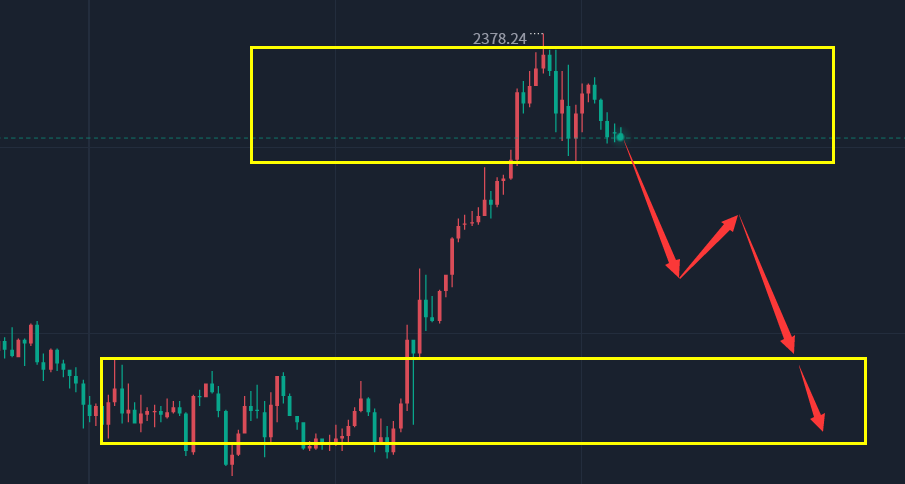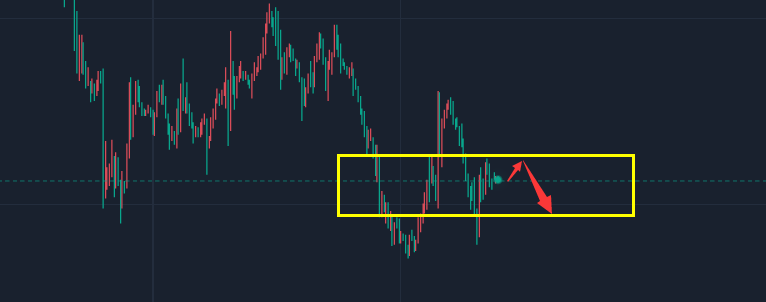Topic A.1: Airflow Velocity
主题 A.1: 风速
Problem Statement
问题描述
Where should airflow velocity measurements be taken, with respect to a filling line or other aseptic processing areas?
关于灌装线或其他无菌工艺区,哪些地方需要风速测定?
Recommendation
建议
Airflow velocity measurements should be taken at locations where meaningful and reproducible results can be obtained. This is typically at a distance of 15-30 cm from the filter face.
风速测定点需考虑在有意义的地方进行风速 测量,并考虑其重现性。通常在距离过滤器表面 15-30cm的地方。
Rationale for Recommendation
建议的理由
The primary reason for airflow velocity measurements in unidirectional airflow areas (e.g., areas where products, product contact packaging components, and product contact surfaces are exposed) is to ensure adequate airflow to protect the materials from external airborne contamination and to verify continued compliance with qualified conditions. The adequacy of the environment can be determined, in part, from airflow velocity and airflow pattern studies, and from particulate matter monitoring (at the working position).
在单向流区域进行风速测定(如:产品、直接接触产品的包装材料和产品接触的暴露表面等区域) 主要是确保有足够的气流来保护物料受到外部空气的污染并确认环境能持续符合要求。可以确定环境是否适宜,从某种程度上,通过风速、 气流流型研究以及悬浮粒子监测( 在工作位置)来确定。
Accurate measurements can be taken and changes over time detected whe n airflow velocities are evaluated at a predetermined distance from the filter surface, which is sufficiently close to the filter surface to be reproducible to detect changes in the performance of the filter.
对风速评价时, 在预先定义好的距过滤器面的距离进行准确的风速测量并测定其随时间的变化,这是在距离过滤器表面很近的距离检测其重现性来检测过滤器性能的变化。
These data should be paired with an airflow pattern study (also known as a smoke study) to provide evidence of adequate protection of the aseptic process when the air velocity is in a specific range (and no change in the design of the area has occurred).
这些数据应结合气流流型测试( 也称烟雾试验) 以证明风速在特定的范围内(且区域设计未发生改变) 可充分的保护无菌工艺。
The airflow velocity depends on the design of the filling line, room design, and air-handling system. Once velocity is determined, it is important to ensure that the velocity stays within the specified parameters. Routine air velocity measurements should be taken at the same locations used during the initial airflow studies to ensure consistency
风速取决于灌装线的设计、 洁净室的设计以及空气处理系统。一旦确定风速,确保风速保持在特定的范围内是重要的。 常规的风速测定点应与最初测定的点相同,以确保一致性。
Topic A.2: Airflow Velocity Measurements
主题 A.2:风速测定
Problem Statement
问题描述
Is an airflow velocity of 0.45 m/sec ± 20% a requirement at the working surface in a critical filling zone?
在一个工作面的关键灌装区域要求风速为 0.45 米/秒±20%?
Recommendation
建议
Airflow patterns should be sufficient to protect exposed products, p roduct contact packaging components, and product contact surfaces from the ingress of potential environmental contaminants from out-side the critical zone. Unidirectional flow is an important factor in providing this protection. Although a linear air velocity of 0.45 m/sec ± 20% when measured 15 cm — 30 cm from the filter face is a commonly recommended range to establish unidirectional airflow, this should not be considered a requirement at the working level.
气流流型应充分的保护暴露的产品、 产品直接接触的包装材料以及产品接触的表面免受关键区域之外的潜在环境污染。单向流是在提供这种保护的一个重要因素。 虽然风速测试通常建议的方法是在距离过滤器表面 15 cm—30 cm是 0.45 m/s ± 20%,但这不作为是对工作面的要求。
NOTE: Current EU Annex 1 gives 0.36 m/sec to 0.54 m/sec at the working position as a guidance
value.
注: 现行的 EU GMP 附录 1 给出的在作业位置的风速为 0.36 m/s 到 0.54 m/s 是一个指导值。(这里出口欧盟产品可能会面临需要解释的尴尬)
Rationale for Recommendation
建议理由
Airflow velocity and pattern are dependent upon obstacles encountered within the critical zone, including the filling equipment/line, interventions by personnel, and configuration of the barrier that separates the zone from the outer environment. Unidirectional flow is intended to allow the air to flow smoothly past and around these obstacles with minimal turbulence and no induction of potential contamination from outside the zone. Supply air velocity should be correlated to airflo w visualization studies (i.e., smoke studies) and optimized to produce airflow patterns that protect exposed products, product contact packaging components, and product contact surfaces from airborne contamination at the working level. This may be lower (or even higher) than the recommended accepted range.
风速和气流流型受到关键区域内障碍物的影响, 包括灌装机/线、人员干预以及隔离装置的结构。单向流的目的是让气流柔和地通过这些障碍物将其引起的湍流降低至最小且不会诱发外在的潜在污染源。送风速度应结合气流流型研究(即烟雾试验),优化气流流型以保护暴露的产品、产品直接接触的包装材料和产品接触的表面在作业水平免受空气的污染。这可能比推荐的接受范围低(或高)。
Topic A.3: Airflow Velocity Measurement Frequency
主题 A.3:风速测量频率
Problem Statement
问题描述
When do airflow velocity measurements have to be taken?
什么时候必须进行风速测定?
Recommendation
建议
Airflow velocity measurements should be taken during operational and performance qualification studies. High-efficiency particulate air (HEPA) filters in critical areas (i.e., Grade A and surrounding Grade B areas) should then be tested every six months, and the frequency of testing HEPA filters in other areas should be at least annually. More frequent measurements may be appropriate if other measures of cleanroom quality indicate a significant deviation (e.g., increased airborne particulates). The impact of air velocity levels that are outside validated acceptance criteria should be e valuated by performing airflow pattern studies after applicable change-management procedures.
应在运行和性能确认时进行风速测定。 在关键区域(即 A 级区和其背景环境 B 级区)的高效过滤器应每 6 个月检测一次,其他区域的高效过滤器应至少每年一次。其他体现洁净度质量的测试有重大偏差时(如悬浮粒子检测结果增大),应考虑适当的增加风速测试频率。 在风速测试结果超出经确认的可接受标准时,其影响应在适当的变更管理程序后通过气流流型组织测试进行评估。
Rationale for Recommendation
建议理由
Airflow velocity is measured to ensure adequate airflow to protect exposed products, product contact packaging components, and product contact surfaces. It is also measured to ensure that there have been no significant changes to the performance of the heating, ventilation, and air conditioning (HVAC) system. Airflow criteria are established during qualification studies.
测定风速以确保适当的风量风速 测量, 来保护暴露的产品、 与产品直接接触的包装材料以及产品接触的表面。 对其进行测定也是确保空调系统( HVAC) 的性能没有显著的改变。 风速标准的建立应在确认过程确定。
文章节选:PDA无菌工艺考虑点










发表评论